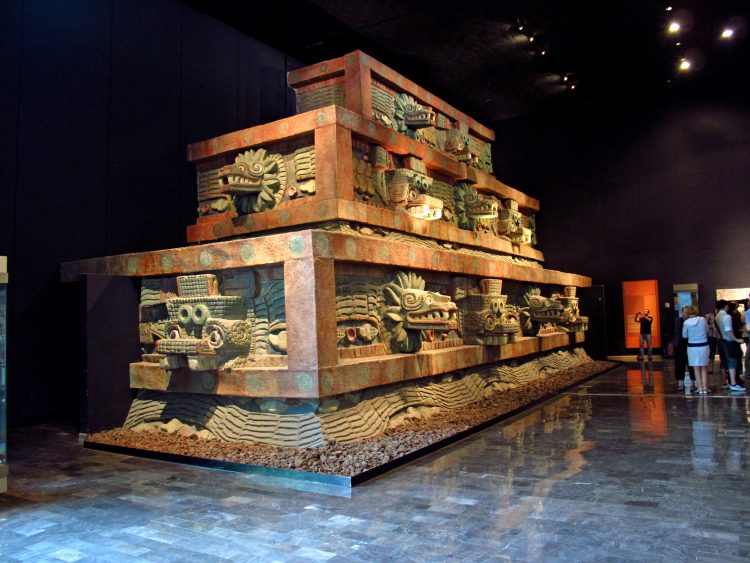Within Mexico City lies a place where the history of ancient civilizations is preserved–The Museo Nacional de Antropología. It serves as a space where Mexico’s pre-Hispanic civilizations are celebrated. As travelers plan their itinerary, they should note that this museum represents national identity and showcases the cultural achievements of Mexico’s indigenous peoples.

The museum opened in 1964, inaugurated by President Adolfo López Mateos, and was created as a custodian of the nation’s indigenous legacy. Pedro Ramírez Vázquez, the architect, designed the building, fusing modern design with elements of pre-Hispanic Mexican culture. This design approach creates a setting that complements the artifacts and emphasizes Mexico’s connection to its ancestral roots.
The centerpiece of the museum, often mistaken for the “Aztec Calendar,” is a national emblem. Each hall in the museum guides visitors through different cultural regions and time periods, featuring the Maya, Aztec, and the Olmec civilizations.
The Oaxaca Hall presents artifacts from Tomb 7 at Monte Albán, showing the cultural exchange among Mesoamerican civilizations. The Ethnographic display connects visitors with the living traditions of current indigenous groups, showing a narrative that spans from ancient times to today.
Step into the outdoor area for an immersive experience of original and replica structures that offer a tangible idea of Mexico’s indigenous heritage. If visitors come during the Day of the Dead, the museum’s showcase is a compelling display of this indigenous festival, linking modern celebrations with ancient traditions.
The Museo Nacional de Antropología connects visitors to the diversity and history of Mexico. As people wander through its halls, they are seeing pieces of history and witnessing the ongoing story of a nation that continues to value its heritage. Therefore, anyone traveling to Mexico City should plan a visit to this museum to enhance their understanding of Mexico’s past and its continuing legacy.

